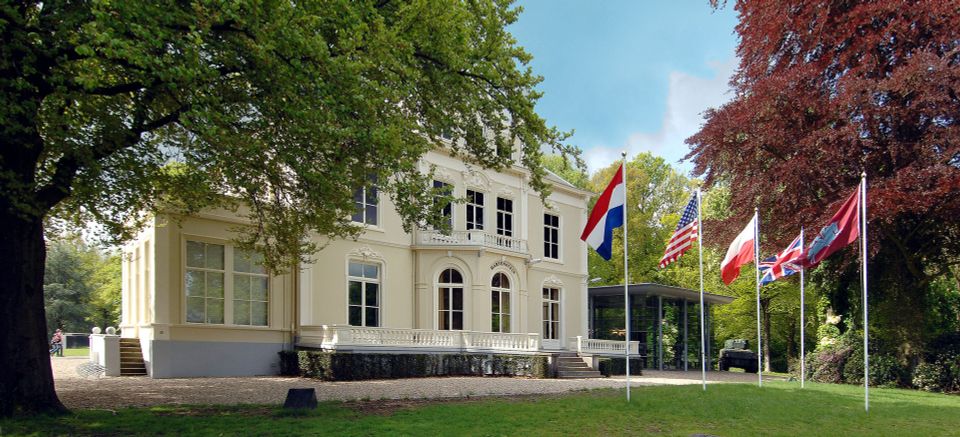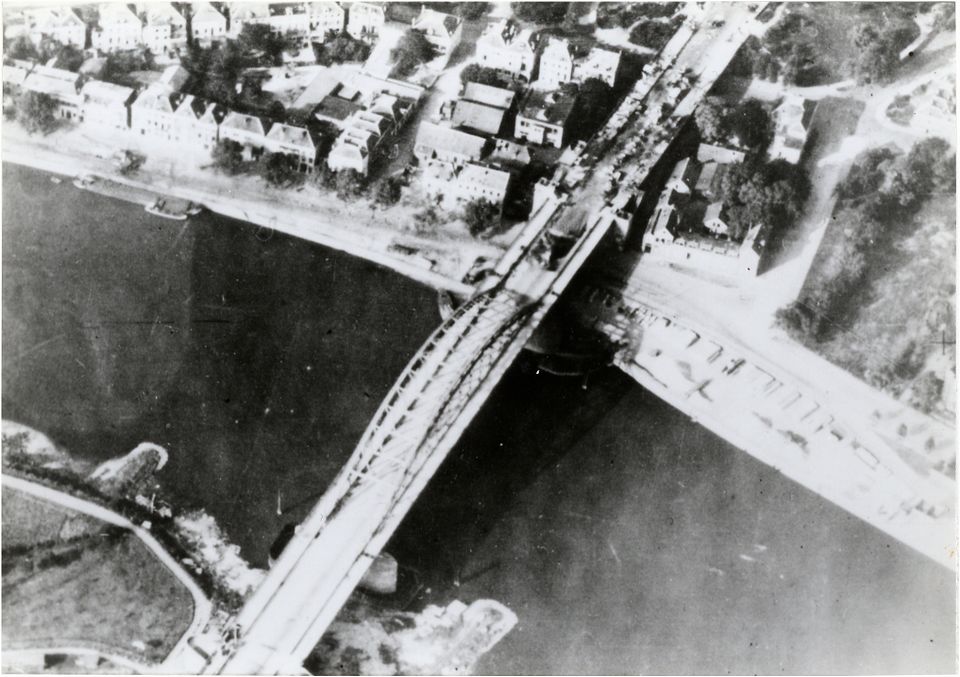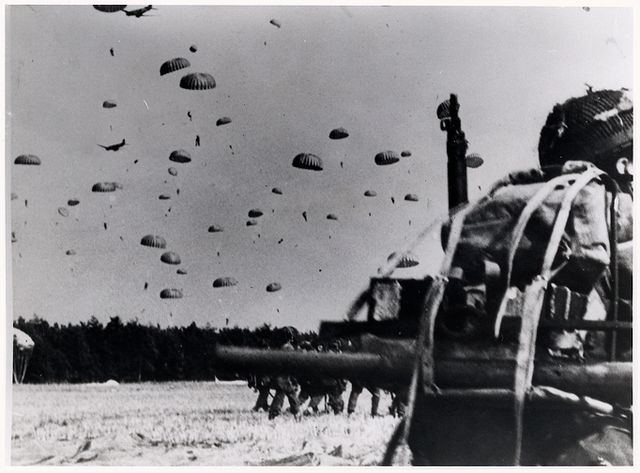Perimeter route
Perimeter route
The perimeter was a horseshoe shaped defense line around Oosterbeek in which the Britsh and Polish troops retreated during the Battle of Arnhem. In this area, the Allies withstood the German forces’ attacks for nine days.
The perimeter was a horseshoe shaped defense line around Oosterbeek in which the Britsh and Polish troops retreated during the Battle of Arnhem. In this area, the Allies withstood the German forces’ attacks for nine days. The perimeter route passes locations of fierce battles, heroic actions, old farmhouses, former emergency hospitals and testimonies of the war that are still visible in the landscape today.
Operation Market Garden was an Allied offensive, from September 17th until September 26th 1944, during the Second World War. Aerial troops had to capture and hold different bridges over rivers and canals in The Netherlands before they would be supported by ground troops. One of the targets was the Rijnbrug in Arnhem. The German resistance around Arnhem appeared to be much heavier than was expected and it was one of the reasons why the almost 12,000 British and Polish troops couldn’t conquer the bridge.
On the 20th of September, Allied troops had to retreat to Oosterbeek. In this village, the perimeter was formed: a horseshoe shaped defense line in and around the village, close to the river Rhine. In the following days, heavy fighting took place within the perimeter. It was difficult to supply the troops in the perimeter and therefore the soldiers faced a severe deficiency in food, medical supplies and ammunition. Lots of soldiers were wounded or had been killed in the ongoing battles. On September 25th, the supplies had run out completely and it became clear that the ground troops could not reach them on time anymore. The remaining troops had to retreat by crossing the river Rhine. 2,400 soldiers reached the safe area at the other side of the river, leaving the wounded and medical staff behind. 6,500 British and Polish troops were captured and taken as prisoners of war. About 1,900 men died.
The inhabitants of Oosterbeek had to hide in the cellars during these days in order to avoid the danger, but here too casualties were inevitable. After the battles, Oosterbeek was destroyed and the inhabitants had to be evacuated.

- Distance
- 7.9 km
Sights on this route
Starting point
Utrechtseweg 228
6862 AZ Oosterbeek
Navigate to starting point
Airborne Museum at Hartenstein
Come and experience the Battle for Arnhem in this attractive and contemporary museum. In the Airborne Experience you will follow in the footsteps of British paras and set off towards Arnhem in September 1944.Read more

De Perimeter
The perimeter was a horseshoe shaped defense line around Oosterbeek in which the Britsh and Polish troops retreated during the Battle of Arnhem. In this area, the Allies withstood the German forces’ attacks for nine days.Read more
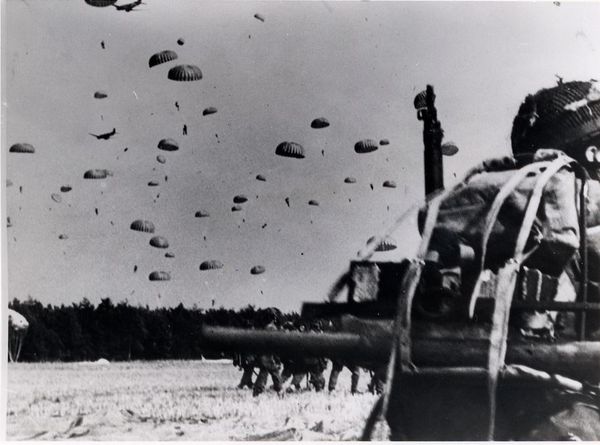
Stationsweg 8
The house at Stationsweg 8 was taken by British troops and served as part of the British defense line. The Kremer-Kingma family spent seven days with the troops at the Eastern border of the perimeter.Read more

Station Oosterbeek-Hoog
The Northern part of the perimeter was situated at the station of Oosterbeek. The troops at the North side of the railwaytracks could not defend their positions and retreated. Crossing the railroad was again very dangerous.Read more
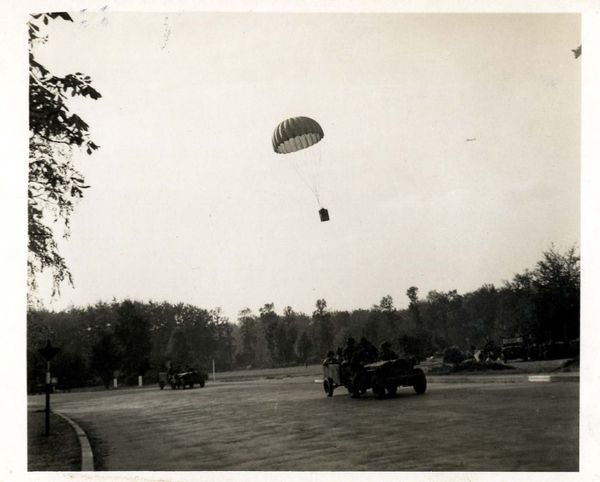
hotel Dreyeroord
Hotel Dreyeroord served as the headquarters of the Scottish troops for a couple of days. After a heavy battle, the Battle of the White House, and heavy losses, the hotel had to be given up.Read more
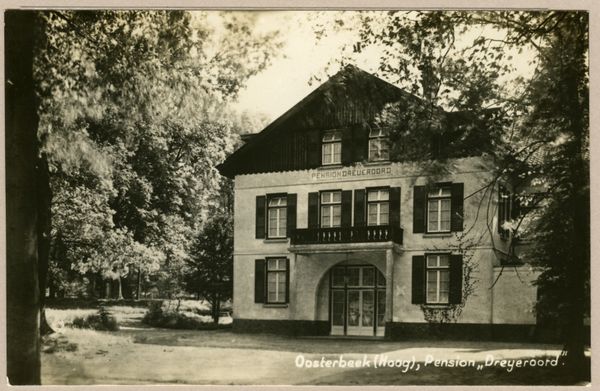
Ommershof
Ommershof was situated on the high grounds on the Northern side of the perimeter. When the British troops retreated from Dreyeroord, the troops at Ommershof had to leave their positions.Read more
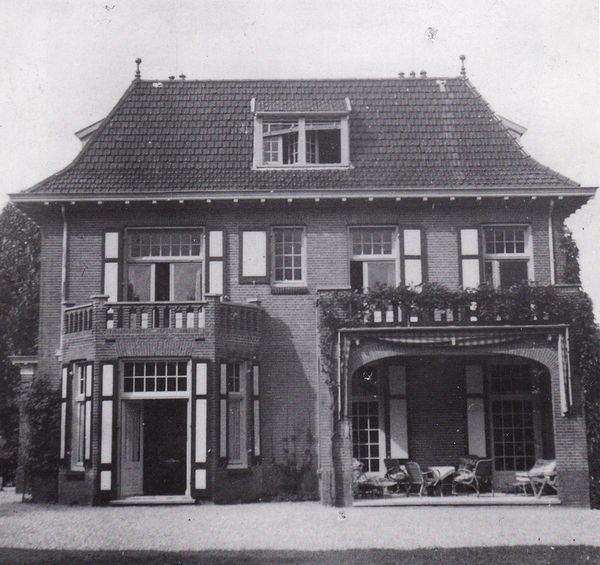
Paul Krugerstraat 70
The house on the Paul Krugerstraat, number 70, served as a medical post of the 7th King’s Own Scottish Borderers during Operation Market Garden. British soldiers, who were wounded during combat, were treated here.Read more

Bakery Crum
The bakery of the Crum family used to be on the Paul Krugerstraat 23. It was in the middle of the battle between the British and German troops. The Crum family, together with other civilians, had to find shelter in the cellar of the bakery.Read more
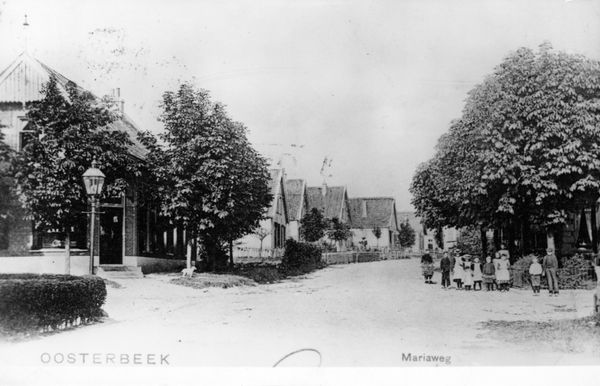
De Naald
‘De Naald’ was the first monument that was built in Oosterbeek to remember the war. Even though in times of scarcity, building materials were collected and the monument was revealed in 1947.Read more
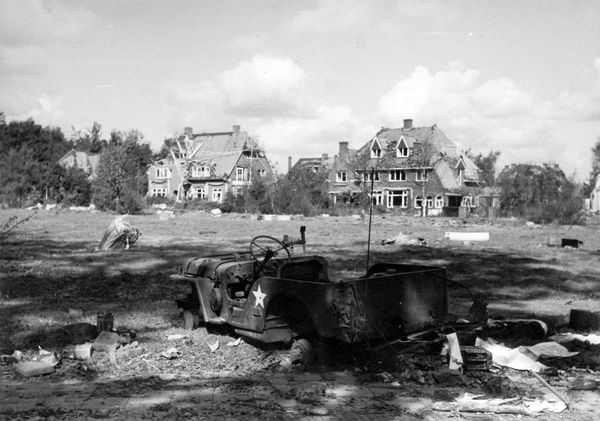
Villa Hartenstein
Villa Harteinstein used to be the headquarters of the British stroops commanded by general Urquhart. The headquarters had to move to the cellar because of the shelling.Read more
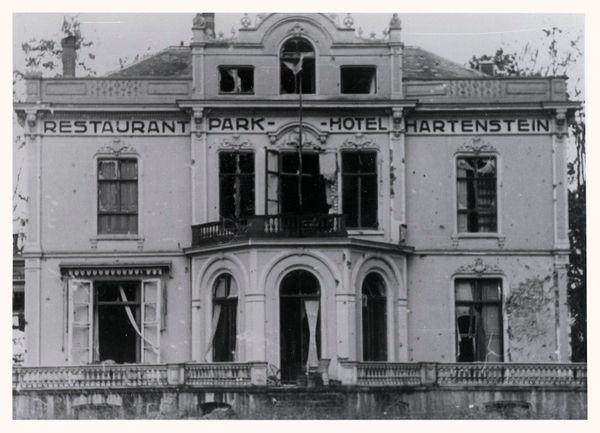
De Tennisbaan
The tennis court behind Villa Hartenstein was used as a temporary prisoner of war camp. Over 200 prisoners of war were kept here.Read more

The Mortar Pit
The 1st Border Regiment guarded the West side of the perimeter. Mortar teams of the regiment dug in at the Van Lennepweg.Read more

The Western Perimeter
During the Battle of Arnhem, the 1st Border Regiment was one of the few regiments that could fulfil its original purpose of defending the western British line.Read more

De Hemelse Berg
Estate the Hemelse Berg became a shelter for refugees during de Battle of Arnhem, but they did not get through the war unscathed either.Read more
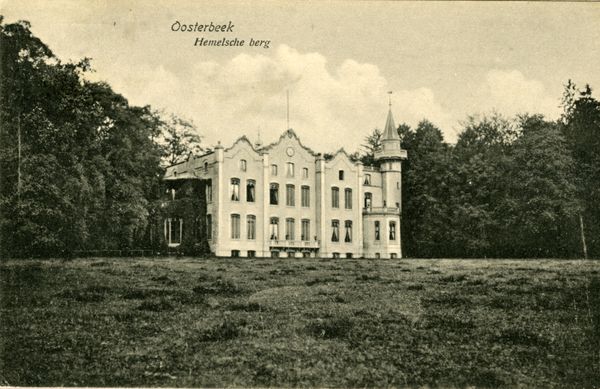
De Westerbouwing
The high ground of the Westerbouwing was heavily attacked by German troops. The British t roops were unable to stop the attacks and lost the strategic pointRead more

The Poles near Driel
On September 21st, Polish troops landed near Driel. Only a small part of the troops managed to reach the perimeter, but their support was vital.Read more
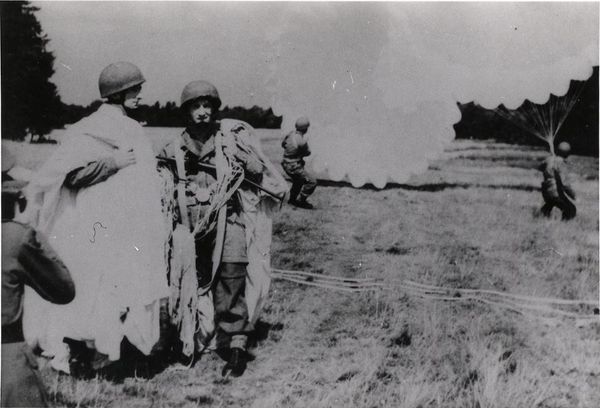
Operation Berlin
When the situation for the troops in Oosterbeek proved to be untenable, it was decided to evacuate. The evacuation took place in the night of 25 to 26 September.Read more

The Old Church
The Old Church was one of the southernmost points of the perimeter. The area around the church was defended by the Lonsdale Force: a group of soldiers from various units led by Major LonsdaleRead more
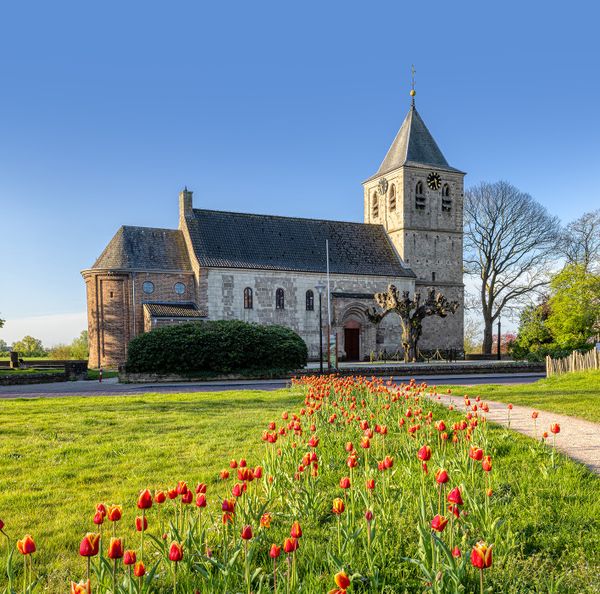
The Old Church
The Old Church
Stichting Vrienden Oude Kerk Oosterbeek
Benedendorpseweg 134
6862 WP Oosterbeek
De Weverstraat
As one of the boudaries of the perimeter, the damage to the Weverstraat was considerable. German artillery caused much of damage, but the invasion of the perimeter was narrowly averted.Read more

De Tafelberg
Hotel De Tafelberg was one of the two main medical points in the perimeter. Operations were carried out here.Read more
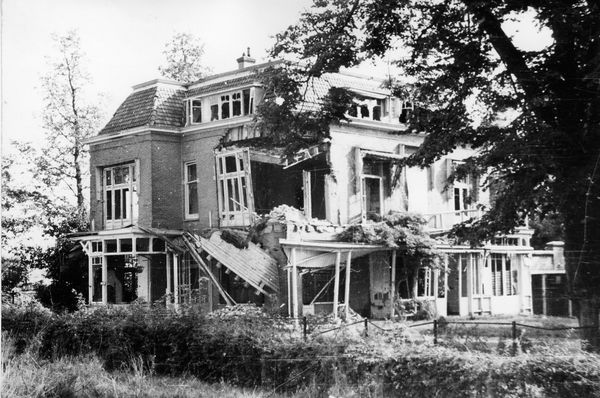
Schoonoord en Vreewijk
Hotels Schoonoord and Vreewijk were intended as a temporary medical point in Oosterbeek, but became the main medical posts in the perimeter.Read more
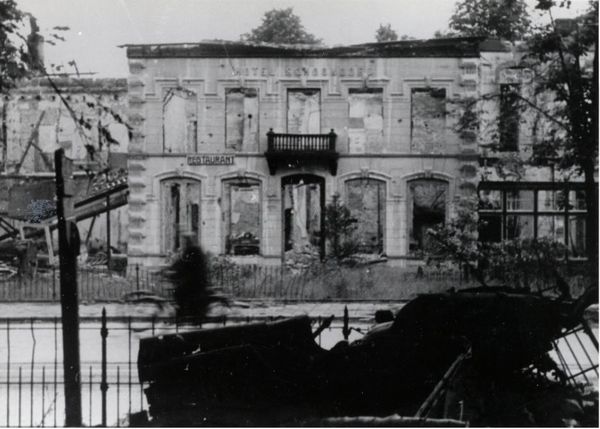
End point
Utrechtseweg
6862 Oosterbeek
Navigate to endpoint
